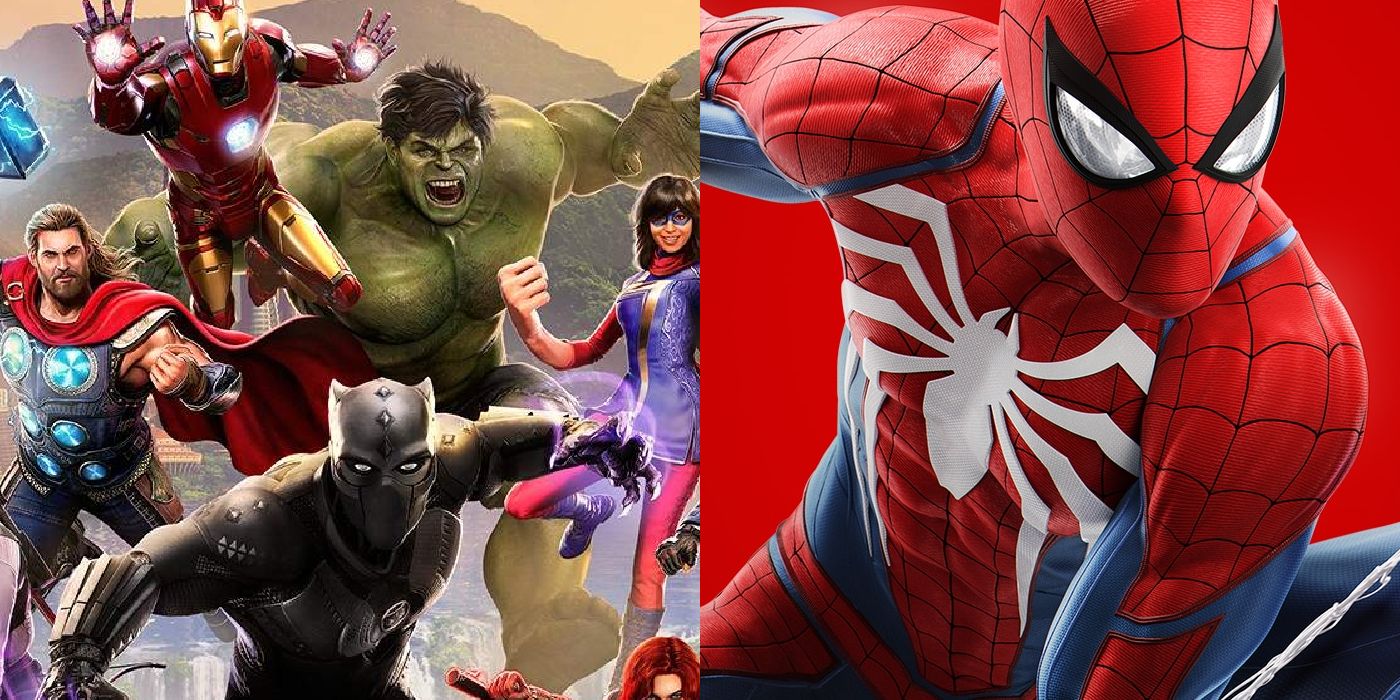
Marvel has been releasing video games based on its comic book properties since the 1980s, but beginning with the release Marvel’s Spider Man in 2018, the legendary comic book company began releasing some of its games under the "Marvel's" banner. While these games do not form a part of a single continuity and are made by different developers, they do have a lot in common. Most are narrative-driven AAA action games, with impressively realistic graphics and action-adventure combat. Some, such as Insomniac's Spider-Man games, are open-world, whereas the titles published by Square-Enix follow a more linear format.
More "Marvel's" games are in production as well. Following the success of Marvel's Spider-Man and Marvel's Spider-Man: Miles Morales, Insomniac is currently working on Marvel's Spider-Man 2 and Marvel's Wolverine. Marvel's Midnight Suns, developed by XCOM studio Firaxis Games, is releasing next year and will focus on Marvel's supernatural characters. Skydance New Media recently announced an untitled story-driven Marvel game, and more could be on the way from Square Enix too, with Marvel's Guardians of the Galaxy leaving the door open for a sequel with its ending.
It's not quite MCU-levels of dominance, but Marvel Games is experiencing a big resurgence as of late. Not every game has been a critical success, though. While some have been met with praise for providing fresh and exciting takes on the Marvel mythos, others have fallen afoul of controversy because of lackluster gameplay. In any case, the majority of the recent "Marvel's" games have still been met with a positive response by fans, with many no doubt excited at the prospect of there being more to come.
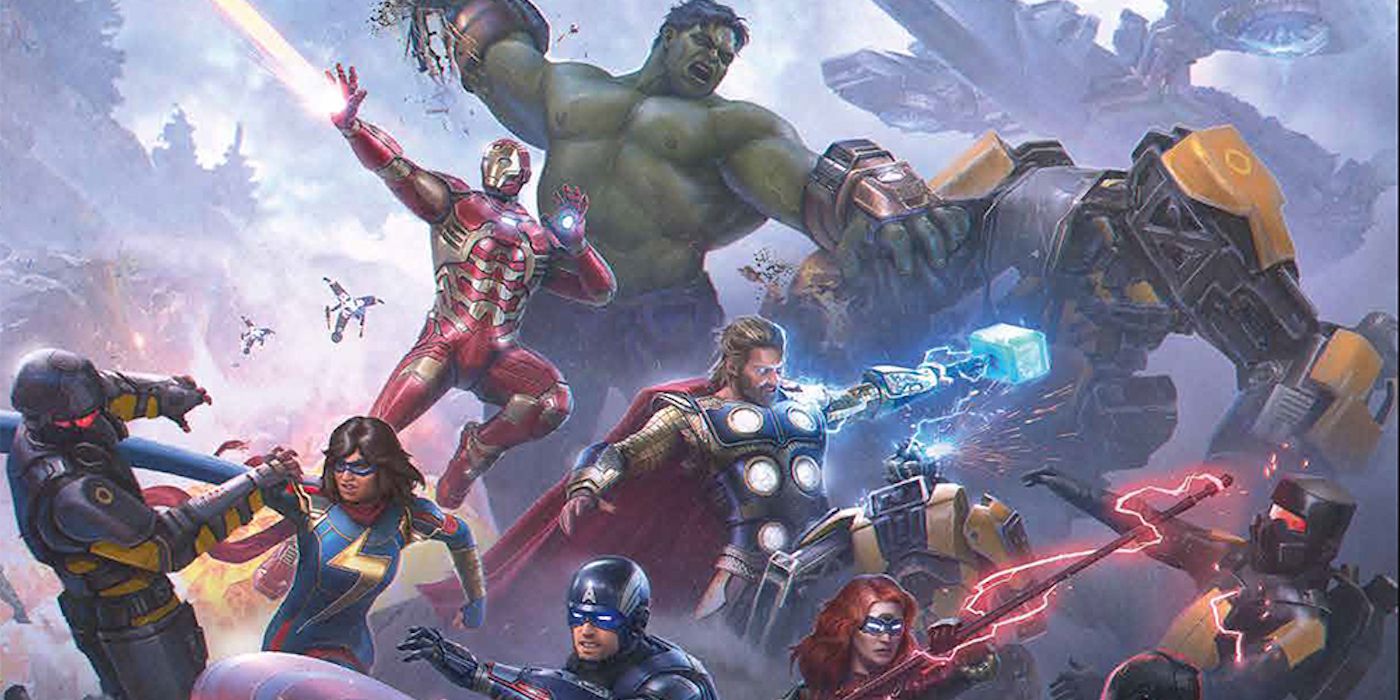
While not without its own dedicated fanbase, Marvel’s Avengers is certainly the most controversial game to release under the “Marvel’s” banner. Unlike the other entries on this list, Marvel’s Avengers was marketed heavily as a multiplayer, live-service game, albeit one that still included a lengthy single-player story campaign. This lack of focus left many Marvel fans confused on what the game was trying to be, and ultimately lead to underwhelming sales upon release.
Although most critics and players agreed that the game’s single-player story was a well-written and exciting action romp, many found the multiplayer live-service element to be far more disappointing. A bad gear system, poor rewards and incentives, broken matchmaking, and a lack of a clear and compelling endgame left the live-service part of Marvel’s Avengers feeling hollow. To developer Crystal Dynamics’ credit, however, the development team has been working tirelessly to improve on Marvel’s Avengers and help it live up to fans’ expectations. In the year since its release, the studio has added three new playable characters to Marvel's Avengers (with a fourth, Spider-Man, on the way at the end of November), a massive Wakandan themed expansion, and two other smaller story updates, along with numerous bug fixes, limited-time events, cosmetics based on the MCU, and various structural reworks.
Despite Marvel's Avenger's many improvements since the game's launch, though, it has not been without its fair share of controversies as well. Fans regularly criticize the game's overpriced cosmetic marketplace skins, many of which are just recolors of skins that used to be free from the game's cosmetic vendor and patterns. In addition, Crystal Dynamics recently released (and subsequently pulled) a form of pay-to-win in purchasable XP boosts, even after promising Marvel's Avengers would never feature any pay-to-win mechanics. There's still time for Marvel's Avengers to live up to its potential, but the tumultuous ebb and flow of many fans' love/hate relationship with the game still plants it firmly at the bottom of this list.
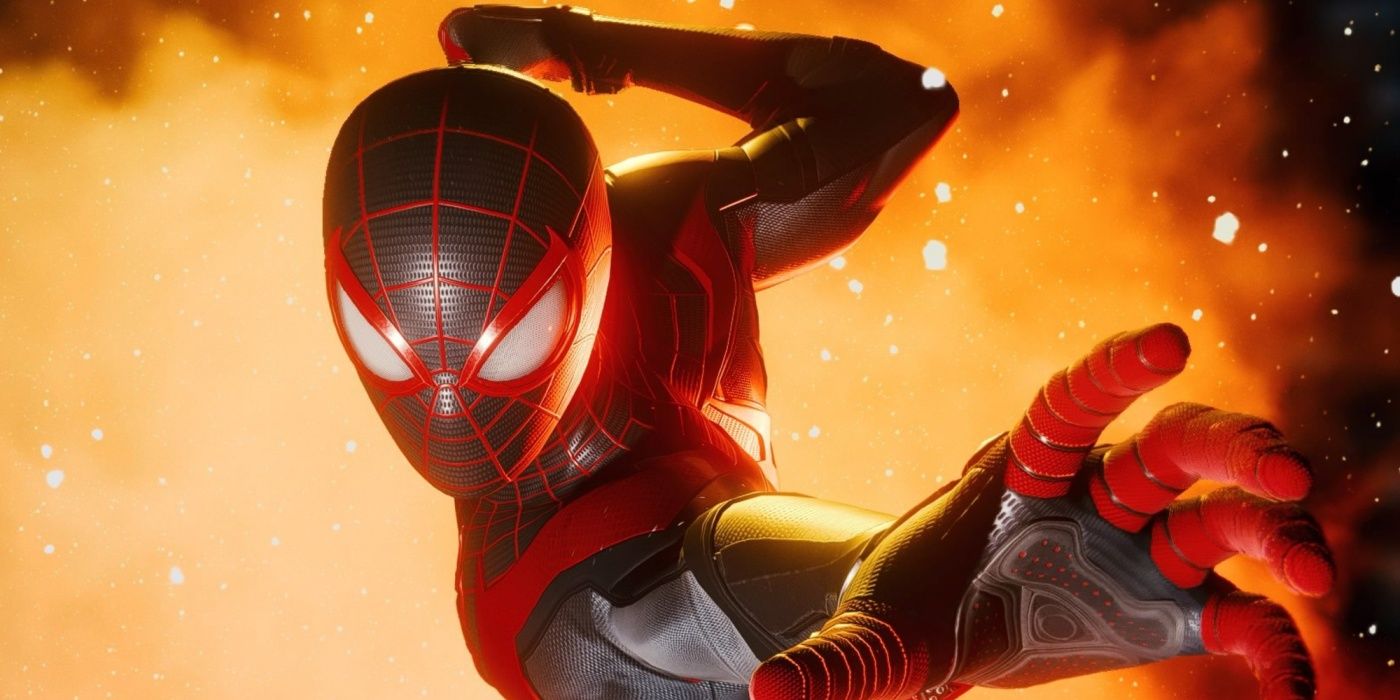
Marvel’s Spider-Man: Miles Morales released to far better reviews from both critics and fans than Marvel’s Avengers. But like the previous game, some of Marvel’s Spider-Man: Miles Morales’ biggest issues began with its marketing. Before the game even launched, many fans found themselves confused over whether Marvel’s Spider-Man: Miles Morales was a full game or an expansion to 2018’s Marvel’s Spider-Man. The developer, Insomniac, eventually clarified that the game was a standalone release, though physical copies were bundled with a remastered version of Marvel’s Spider-Man. However, upon actually playing the game, many fans and critics felt that with its shortened length and familiar gameplay, it would have been better served as a DLC expansion.
While Miles Morales contained less than Marvel's Spider-Man, most fans agreed that the content it did have was mostly fantastic. While much of the gameplay simply refined what already worked in Marvel's Spider-Man, many critics praised the game’s new bioelectricity and Venom abilities, and agreed that it looked and ran absolutely fantastic on the PlayStation 5. Fans also quickly connected with Miles Morales and his relatable and emotional journey.
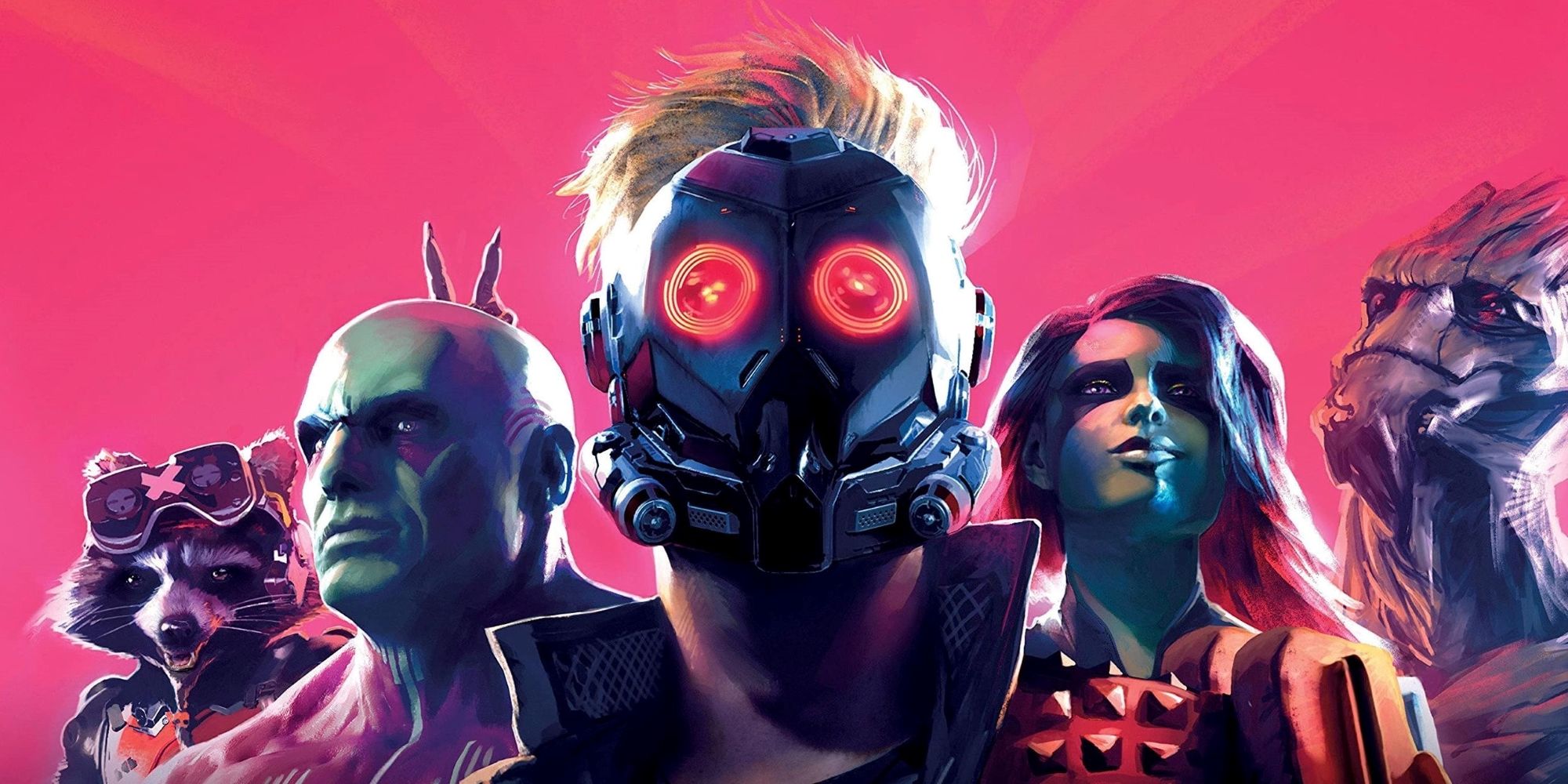
When video game publisher Square Enix announced that it would be releasing a video game based on the popular Guardians of the Galaxy franchise, many Marvel fans were a bit skeptical. Square Enix’s previous Marvel game was the highly divisive Marvel’s Avengers. This skepticism grew even larger when it was announced that Star-Lord would be the only playable Guardian in the game. So when the game was released to overwhelmingly glowing reviews from critics, some fans were surprised. In the end, it didn’t take long for Marvel’s Guardians of the Galaxy to win over the hearts of many Marvel fans with its witty dialogue, top-notch writing, and stylish combat that evoked beloved games such as Devil May Cry. The game managed to offer its own interpretation of the Guardians, that combined MCU influences with the team's source material.
Although players can’t directly control the other members of the Guardians of the Galaxy, they still play a very important role in the game’s combat and puzzles. Players, as Peter Quill (aka Star-Lord), are able to order their AI-controlled teammates in Marvel's GOTG at will to perform functions such as having Rocket launch a powerful AOE attack in combat or having Groot build a bridge made of vines to help the team cross safely over a gap in the terrain. This helps players feel more directly involved in the actions of the entire team.
Developer Eidos Montréal also helped to justify the decision to make only Star-Lord playable with its exciting choice system that gives players more input in how Peter Quill interacts with and leads his team. This can range from minor choices on how to defuse a disagreement amongst the team, affecting how well the other Guardians get along with Quill, to bigger, more impactful choices that can affect Marvel's GOTG's missions. This system, coupled with the fact that Star-Lord is written as a compelling, sympathetic character, ensured that Marvel's Guardians of the Galaxy was worthy of the license.
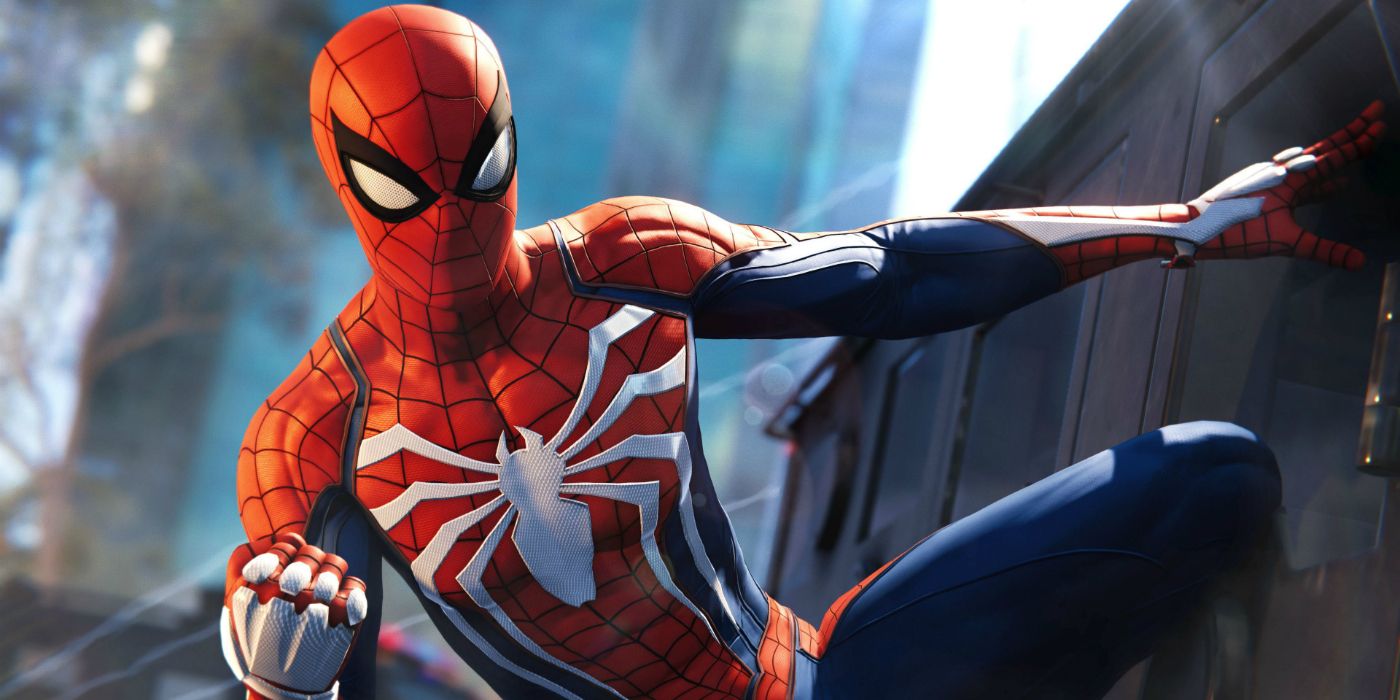
Marvel’s Spider-Man was the first game to be released under the new “Marvel’s” umbrella, and for many fans, it still holds up as the best of the bunch. It has made its way to the top of many lists of greatest Marvel games, and continues to have a dedicated base of players who have played and replayed the game time and again, often just to try out another one of the game’s impressively recreated Spider-Man costumes from Marvel's comics and movies.
The best thing about Marvel's Spider-Man is that it truly makes players feel like they are said superhero. Every mechanic, from the fluid web-slinging traversal system to the slick combos in combat, helped every fan live out their best Spider-Man fantasies. The game also gave players a massive, open-world playground in New York City. Iconic Marvel locations such as the Avenger’s Tower and Daily Bugle were lovingly recreated in the open world, and the excellent photo mode has inspired many amateur in-game photographers to post their own lovingly created screenshots.
One of the most compelling features of Marvel's Spider-Man, though, was its story. The game depicted Peter Parker as a young adult grappling with his broken relationship with Mary Jane and the arrival of several classic villains, leading to some excellent boss fights with Spider-Man villains like Doc Ock, Taskmaster, Rhino, the Vulture, and more.
With Marvel’s Midnight Suns, Marvel’s Spider-Man 2, and Marvel’s Wolverine all on the way, this ranking could look very different in the next few years. But as of now, Marvel’s Spider-Man is still the game that represents the pinnacle of Marvel gaming and serves as a blueprint for how to make the perfect superhero adaptation. It made full use of the Marvel license, and provided its own unique take on the wall-crawler.
Next: Spider-Man 2's Venom Could Have A Perfect Guardians Of The Galaxy Link
from ScreenRant - Feed https://ift.tt/3cEBi48

0 Comments